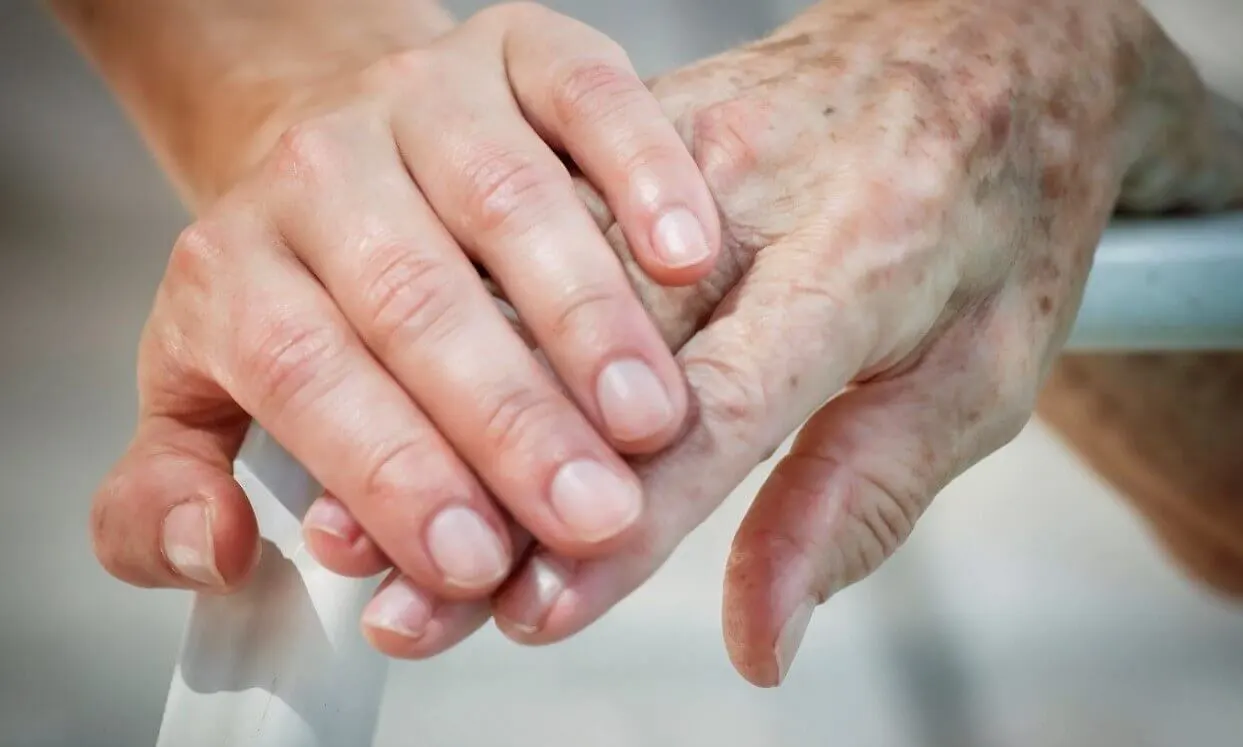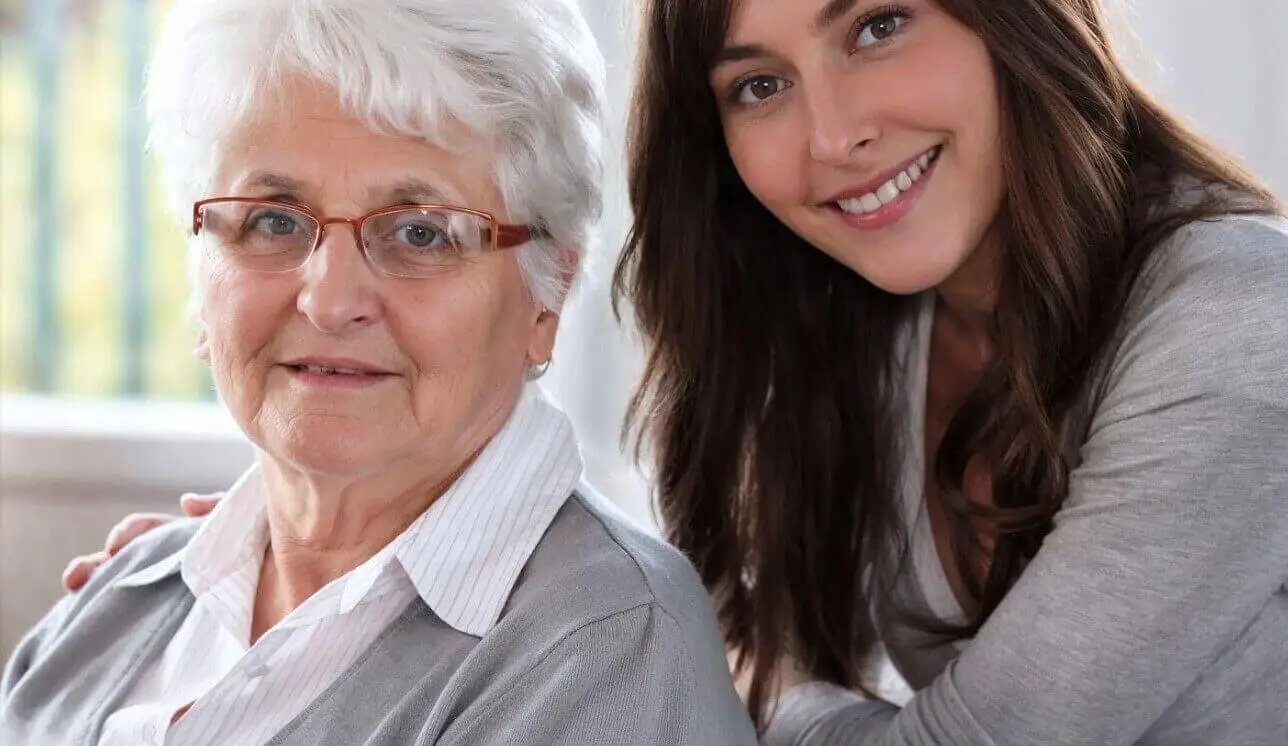In-home care is a type of service that allows people with serious illnesses or disabilities to receive professional care in the comfort of their own homes. In-home care can provide many benefits for both the patients and their families, such as improving the quality of life, reducing the stress and burden of caregiving, and enhancing the dignity and independence of the patients.















